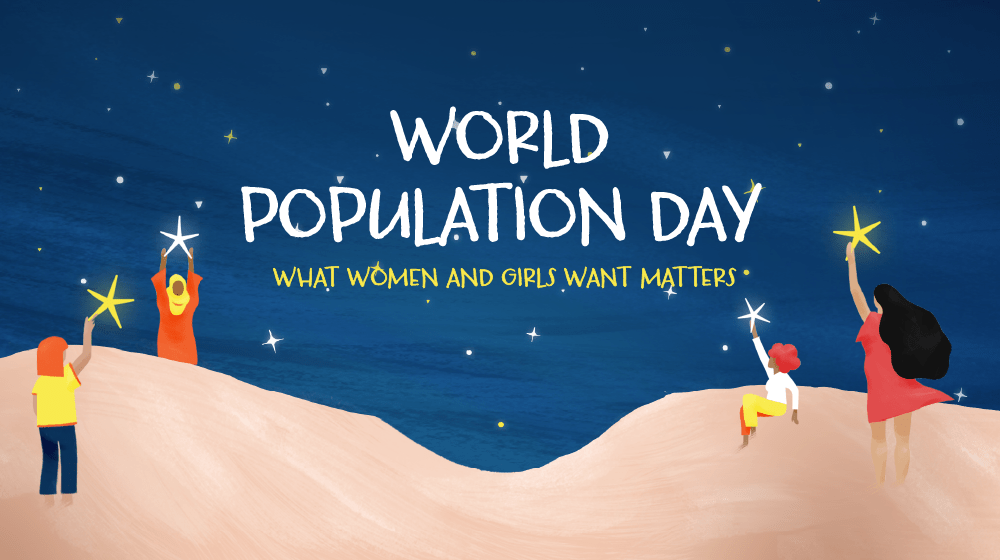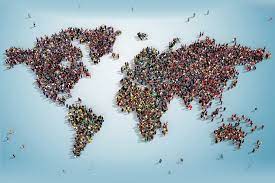World Population Day is an annual event, observed on July 11 every year, which seeks to raise awareness of global population issues.
The celebration was established by the United Nations Development Programme in 1989 and was first marked on July 11, 1990, in more than 90 countries.
The theme for this year’s celebration is “how to safeguard the health and rights of women and girls and putting the brakes on COVID-19.”
According to the United Nations (UN), the world’s population grew more than tripled between 1950 and 2020.
The World Population Dashboard shows that the current population of the world is over eight (8) billion (8,045,000,000), and sixty-five per cent (65%) of that falls between 15-64 years, and 10% are older than 65 years.
“Reaching a global population of eight billion is a numerical landmark, but our focus must always be on people. In the world we strive to build, 8 billion people mean 8 billion opportunities to live dignified and fulfilled lives,” the UN Secretary-General, António Guterres, noted in 2022.
World Population Growth
According to the UN, it took hundreds of thousands of years for the world population to grow to 1 billion – then in just another 200 years or so, it grew sevenfold.
In 2011, the global population reached the 7 billion mark, it stands at almost 7.9 billion in 2021, and it’s expected to grow to around 8.5 billion in 2030, 9.7 billion in 2050, and 10.9 billion in 2100.
The growth rate of the world’s population reached a peak between 1965 and 1970 when human numbers increased by an average of 2.1% per year and from 2000 to 2020, even though the global population grew at an average annual rate of 1.2%, 48 countries grew at least twice as fast: including 33 countries in Africa and 12 in Asia.
Despite the increasing growth rate in the world and some specific regions over the years, the UNFPA fears an underpopulation crisis.
“It may seem confusing that fears of an ‘underpopulation crisis’ are rising when the world’s population has more than doubled in just 50 years, and the global fertility rate remains above the so-called ‘replacement level’ of 2.1 births per woman. But with an estimated two-thirds of the world population now living in a country or area with sub-replacement fertility, alongside the increasing number of States confronted by lower fertility numbers, anxieties surrounding ‘underpopulation’ are increasingly common.”
The UNFPA further highlighted that Europe is the only region of the world expected to experience an overall population decrease in the immediate term (between 2022 and 2050), where a minus 7 per cent growth is expected.
Factors contributing to world’s population growth
- Migration is predicted to become the sole driver of population growth in high-income countries.
- Fertility has decreased globally from an average of 5 births per woman in 1950 to 2.3 births per woman in 2021, indicating the increasing control individuals, particularly women, have over their reproductive lives. However, by 2050, overall fertility is expected to fall to 2.1 births per woman.
Life Expectancy
The life span of adults in the developed world has increased since the middle of the 20th century – the number of people reaching the age of 100 has never been greater than it is today.
Global life expectancy reached 72.8 years in 2019—an increase of nearly nine years since 1990. It is expected to reach 77.2 years by 2050.
By: Julius Kofi Satsi




